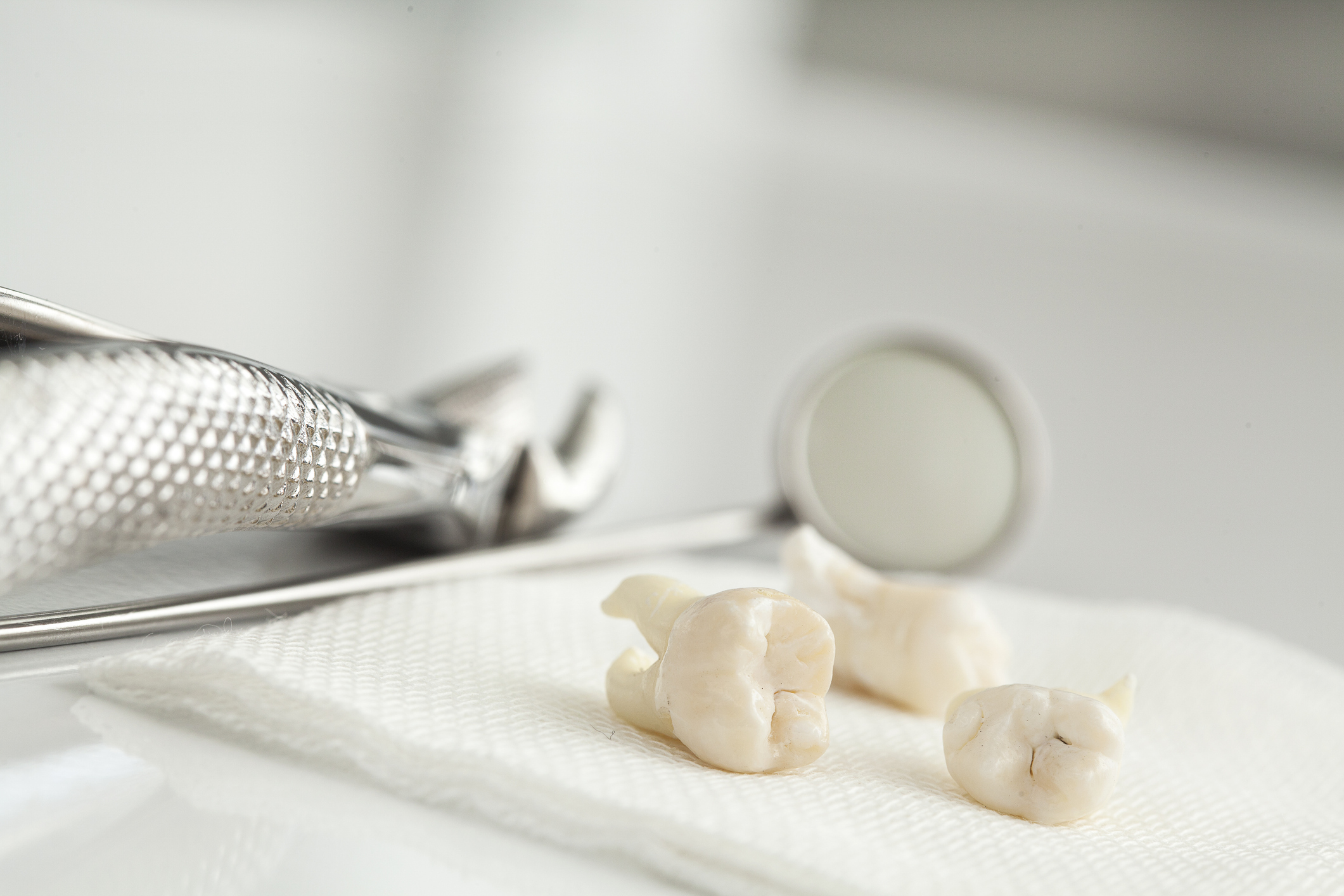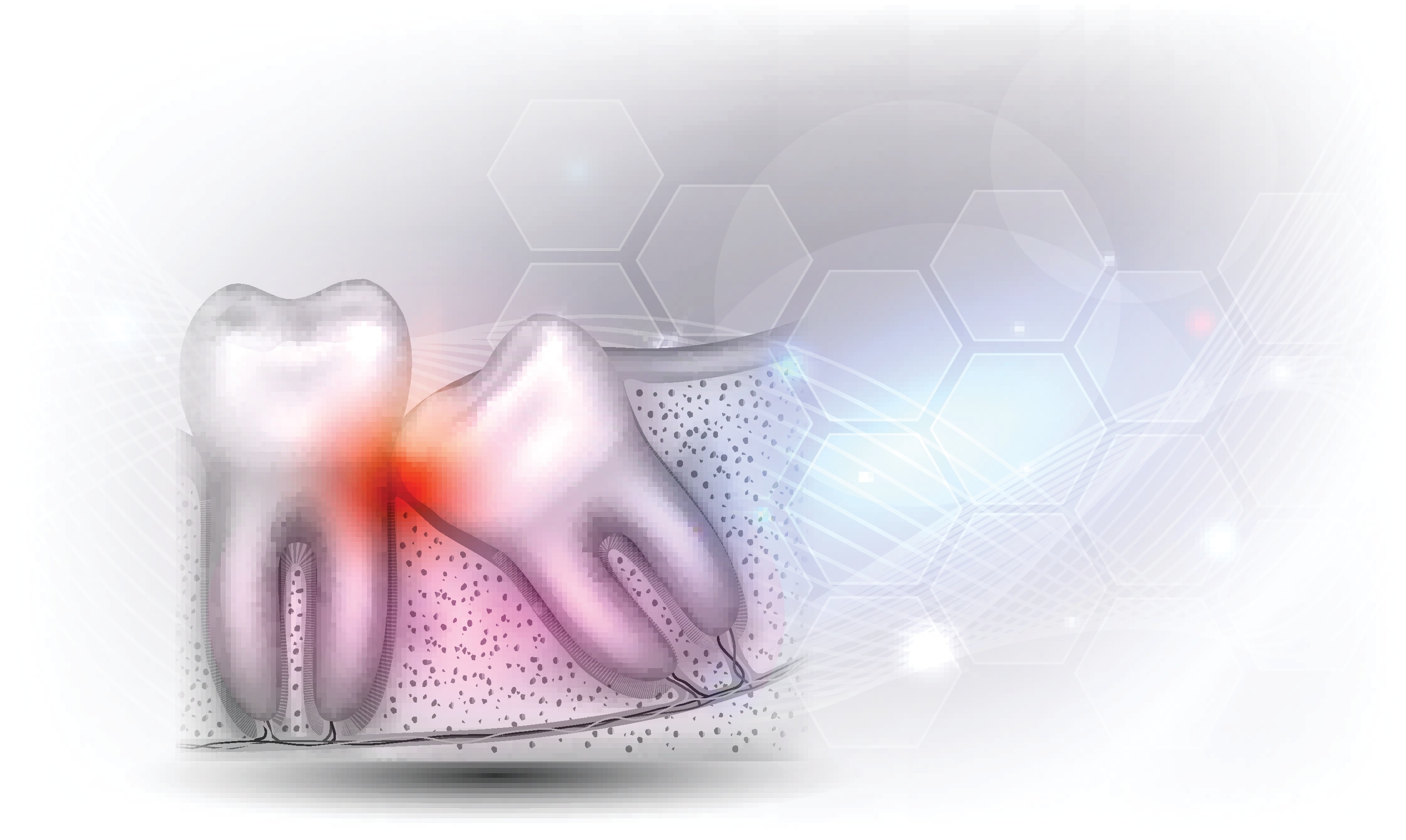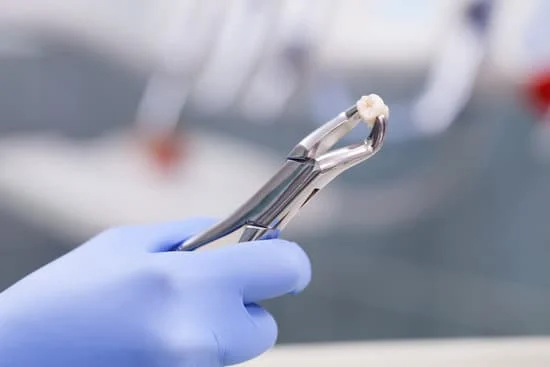Marsupialization is a conservative and non-invasive surgical option to treat keratocysts, especially in the case of large cysts, or with very young or old patients.
Research has shown that marsupialization, which creates a pouch-like opening into a cyst that allows it to drain and shrink, can be a definitive treatment, or the first step in your oral surgeon’s treatment plan against these types of cysts which can display aggressive behavior and have high recurrence rates.
Previously called a keratocystic odontogenic tumor (KCOT), these cysts that affect the jaw, were renamed by the World Health Organization classification of Tumors of the Head and Neck in 2017 as odontogenic keratocyst (OKC).
“Odontogenic Keratocysts deserve special attention over other regular, ordinary odontogenic cysts concerning the diagnosis, treatment planning and treatment itself. Despite the current change in the name of this lesion, OKC's may behave as a tumor,” says a research article in the International Journal of Oral and Dental Health. “In the case of large OKC’s, mainly in the posterior region of the jaws, marsupialization for 12-18 months before the definitive treatment is a good option in reducing the size of the lesion to decrease the risk of the surgical procedure.”
Behind the Name: Odontogenic Keratocysts (OKCs)
Odontogenic keratocysts were first identified in the 19th century and named in 1956 to describe any jaw cyst in which keratin (a thick, yellow substance that sometimes drains from cysts) was formed.
“OKC originates from the dental lamina remnants in the mandible and maxilla before odontogenesis is complete. It may also originate from the basal cells of overlying epithelium,” says an article in the Journal of Natural Science, Biology and Medicine.
The Journal of Oral and Dental Health article says these “OKC’s arise from the proliferation of remnants or offshoots of the dental lamina as an intraosseous lesion associated or not with an unerupted tooth bearing area (i.e., incisors, canines, premolars, and 1st/2nd molars area).”
OKCs are the third most common odontogenic cyst and comprises about 12 percent of all the cysts occurring in the maxillofacial region, according to an article in the Journal of Oral Maxillofacial Pathology.
“OKC involves both the jaws; the mandible is more often involved than the maxilla. In mandibular premolar, molar area, angle and the ramus of mandible are the most common, but in the maxilla, it is seen most commonly in the canine area, followed by third molar tuberosity and anterior maxilla,” said the article.
Depending on the size of the cyst, its location and the patients’ age, several treatment options are available, according to the Journal of Clinical and Experimental Dentistry:
- Curettage
- Enucleation
- Resection
- Marsupialization
“In our cases, the marsupialization proved to be a conservative technique which allowed the respect of neighboring anatomical structures, particularly in the case of large cysts, but requires prolonged clinical and radiological monitoring,” said the article which profiled four specific cases.
Marsupialization Can be a Definitive Treatment for Cysts
If the name marsupialization conjures up visions of kangaroos and koalas, that is for good reason as marsupials give birth to undeveloped young that often reside in a pouch located in their mother’s abdomen, and the surgical procedure marsupialization involves creating a pouch.
The Miller-Keane Encyclopedia and Dictionary of Medicine, Nursing, and Allied Health describes marsupialization as “conversion of a closed cavity, such as an abscess or cyst, into an open pouch, by incising it and suturing the edges of its wall to the edges of the wound.”
While marsupialization is often done as a precursor to enucleation, which consists in of the total removal of the cyst in one piece, it can also be a definitive treatment for OKCs.
An article in the Journal of Oral and Maxillofacial Surgery tracked 10 patients between the ages of 11 and 64 with biopsy-proven OKC measuring between 2 and 8 centimeters that were treated by marsupialization in the following method:
- Opening of a 1-centimeter window into the cystic cavity.
- Then, where possible, suturing of the cyst lining to the oral mucosa.
- The cavities were kept open either by vigorous use of home syringe by the patient or by suturing into place a flange and short length of a nasopharyngeal airway.
All 10 patients had their OKCs resolved by this treatment in a timeframe between 7 and 19 months. Follow-up time ranged from just under 2 years to almost 5 years.
“All 10 OKCs were resolved completely after marsupialization. Teeth within the cyst were found to be upright and erupt. Marsupialization requires a cooperative patient who will irrigate the cavity and keep it open. It appears that the cyst lining is replaced by normal epithelium during this treatment,” said the research paper.
Marsupialization Less Aggressive Treatment but with Limitations
The Journal of Clinical and Experimental Dentistry says the technique of marsupialization has always been called “less aggressive” for several reasons:
- It minimizes the cyst
- Promotes the eruption of the involved teeth
- Maintains the developing dentition by minimizing any disturbance, for example, fibrous scars formation, to future dental development
The authors of the article say that “marsupialization should be among the first therapeutic options in the pediatric population, with extensive cyst.”
And compared with the often mutilating radical primary cystectomies or resection methods, it:
- Minimizes the damage of the important anatomical tissue nearby, including the inferior alveolar nerve and sinus
- Minimizes the damage of the bone
- Stimulates osteogenesis
- Reduces the risk of pathologic fracture of mandible
A long healing period, and discomfort of the patient, especially in the early stages of marsupialization can be limitations to the procedure.
“Indeed, the irrigation of the cyst cavity is obligatory ... twice a day and the device used to maintain the opening of the cyst needs to be changed every week,” said the Journal of Clinical and Experimental Dentistry article. “Needless to say that it requires highly cooperative patients, and parents, which have a major impact on the success rate of this treatment plan.”
Odontogenic Keratocyst: Common and Often Misdiagnosed
A study published in the Journal of American Dental Association found that OKCs were common and often misdiagnosed.
The study tracked 393 patients with a total of 398 OKCs and found:
- 66.8 percent of the cysts were in the mandible and 33.2 percent were in the maxilla.
- The most common location for OKCs was the third molar and ramus area of the mandible.
- The second most common location for the cysts was in the canine region of the maxilla.
- When the cysts were in the canine region, submitting clinicians mentioned OKCs as a diagnostic possibility less than a third of the time (31.5 percent)
“The most common maxillary location for OKCs is the canine region where they commonly are mistaken for an apical inflammatory lesion or lateral periodontal cyst. Accurate diagnosis is essential for proper patient therapy and follow-up,” the study concluded.
The board-certified oral surgeons at Northwest Oral & Maxillofacial Surgery can help you accurately diagnose odontogenic keratocysts and develop a treatment plan for you.






